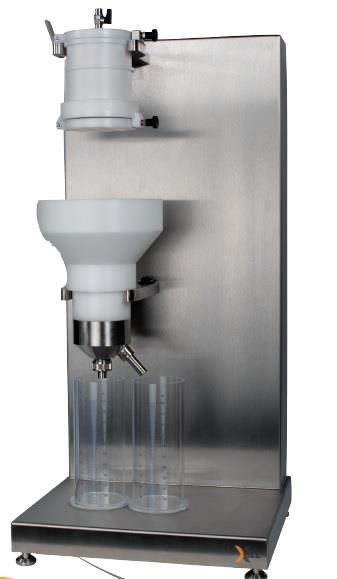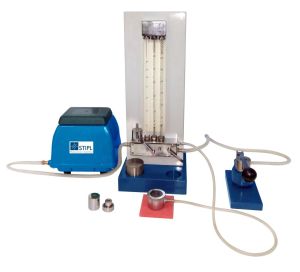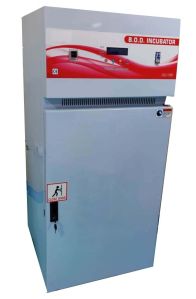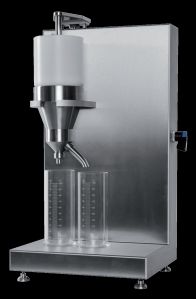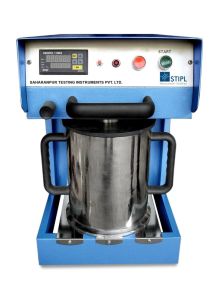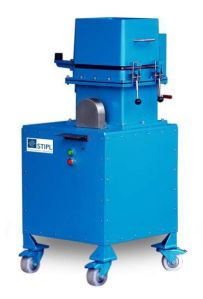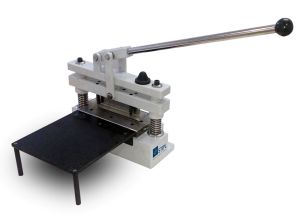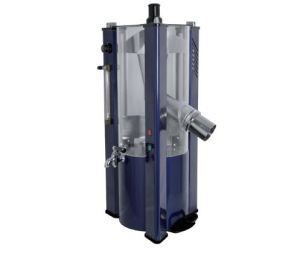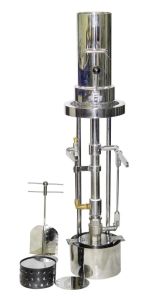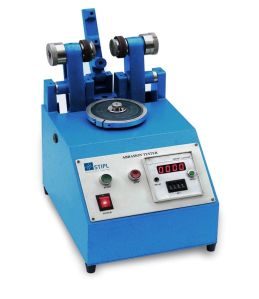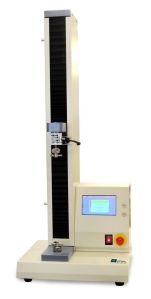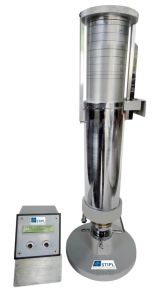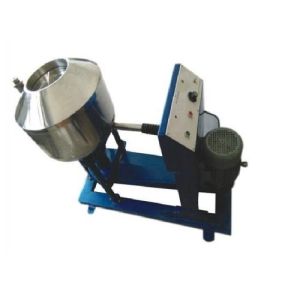- Delhi Road, Saharanpur, Uttar Pradesh
- GST NO. : 09AAQCS9142J1ZM
- +91-9634261884, +91-7253807000
1 Unit (MOQ)
| Business Type | Manufacturer, Exporter, Supplier |
| Automatic Grade | Automatic |
| Power Source | Electric |
| Temperature Capacity | Low Temperature |
| Click to view more | |
Preferred Buyer From
| Location | Worldwide |
Product Details
Definition: Freeness of pulp is a measure of precisely how rapidly water can drain from a diluted fiber furnishes suspension. The freeness of pulp is designed to give a measure of the rate at which a dilute suspension of pulp (3 g of pulp in 1 L of water) may be drained. The freeness, or drainage rate has been shown to be related to the surface conditions and swelling of the fibers. Besides these factors, the result is dependent also on conditions under which the test is carried out, such as stock preparation, temperature, and water quality.
Standardization : ISO 5267/2 , CPPA C1 , BS 6035/2 , TAPPI T 227 .
Device Description : The freeness tester consists of a drainage chamber and a rate measuring funnel, mounted on a Stainless Steel Shaft Fitted on a Base Plate .
1. The drainage chamber bottom of which contains a perforated brass screen plate and is closed with an air-tight lid, hinged on one side of the cylinder and latched at the other.
2. The lid fitted in such a way that not more than 5 mL of water will flow when the bottom cover is opened at the start of the test.
3. The upper end of the cylinder is closed by a similar lid with hinge and latching mechanisms to provide an air-tight closure by means of a rubber gasket on the inside of the lid. An air-cock is inserted in the center of the upper lid to admit air to the cylinder at the start of a test.
Test Description :
1. Thoroughly clean and wet the freeness tester with distilled or deionized water at the temperature of the stock to be tested.
2. Place the drainage chamber on the upper supporting bracket with its lower lid closed and the upper lid and air-cock open.
3. Place the graduated cylinder in position to receive the discharge from the side orifice, and a container to collect the discharge from the bottom orifice.
4. Thoroughly stir the stock in the bucket to ensure a homogeneous mix and accurately measure 1000 mL into a clean 1-L cylinder. Take its temperature to the nearest 0.5°C .
5. Mix the sample in the graduated cylinder by closing the top of the cylinder with the hand and gently invert the cylinder 180° three times.
6. Pour the stock gently but as rapidly as possible into the chamber. It is imperative that at the end of the pouring, the stock be almost motionless in the chamber. This step is critical .
7. Close the top of the lid and the air-cock. Open the bottom lid. After 5 s from the time the addition of the stock is completed, fully open the air-cock in a single motion.
8. When the side discharge has ceased, record the volume discharged from the side orifice in milliliters to the maximum accuracy possible for the graduate used

